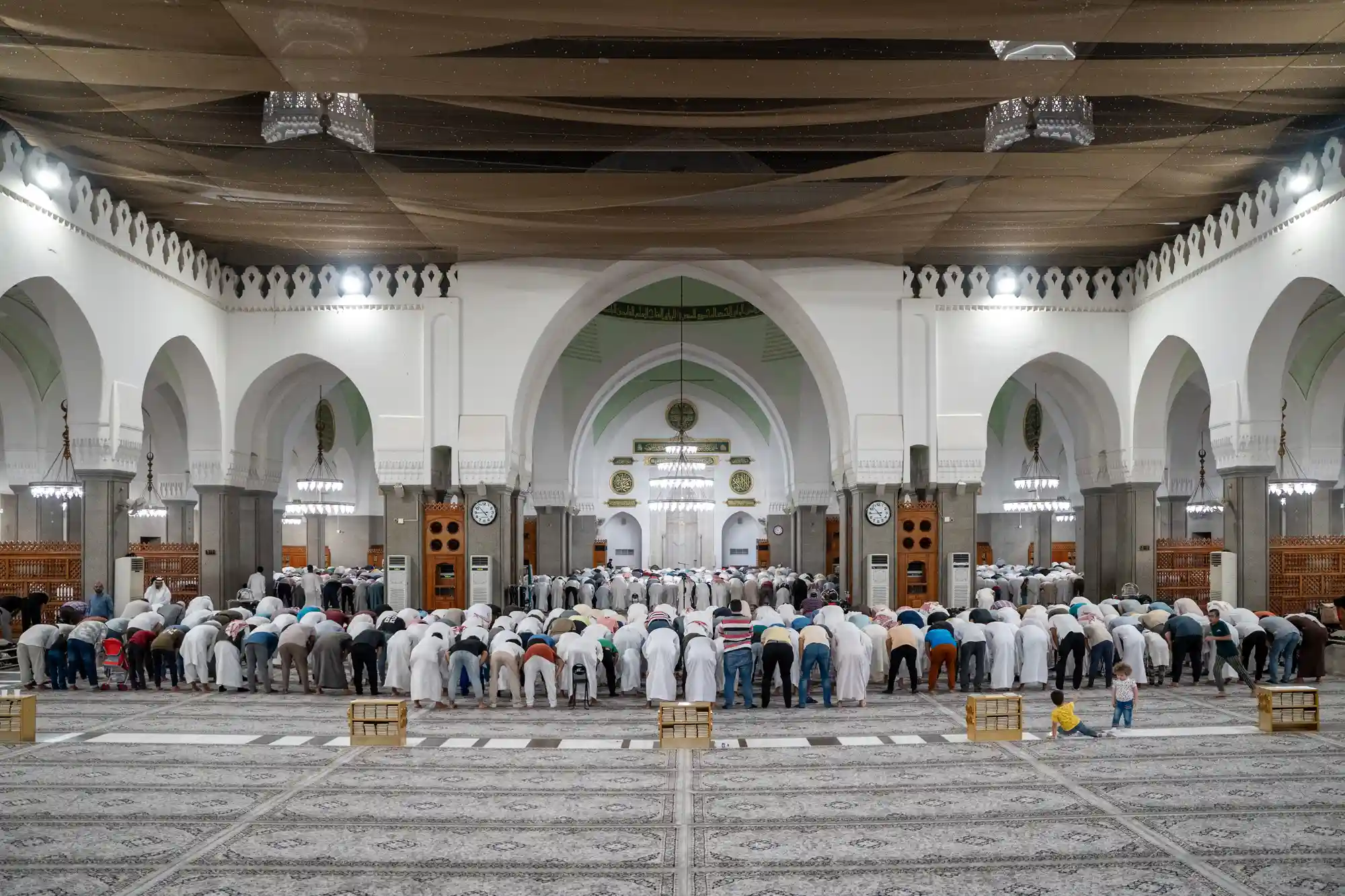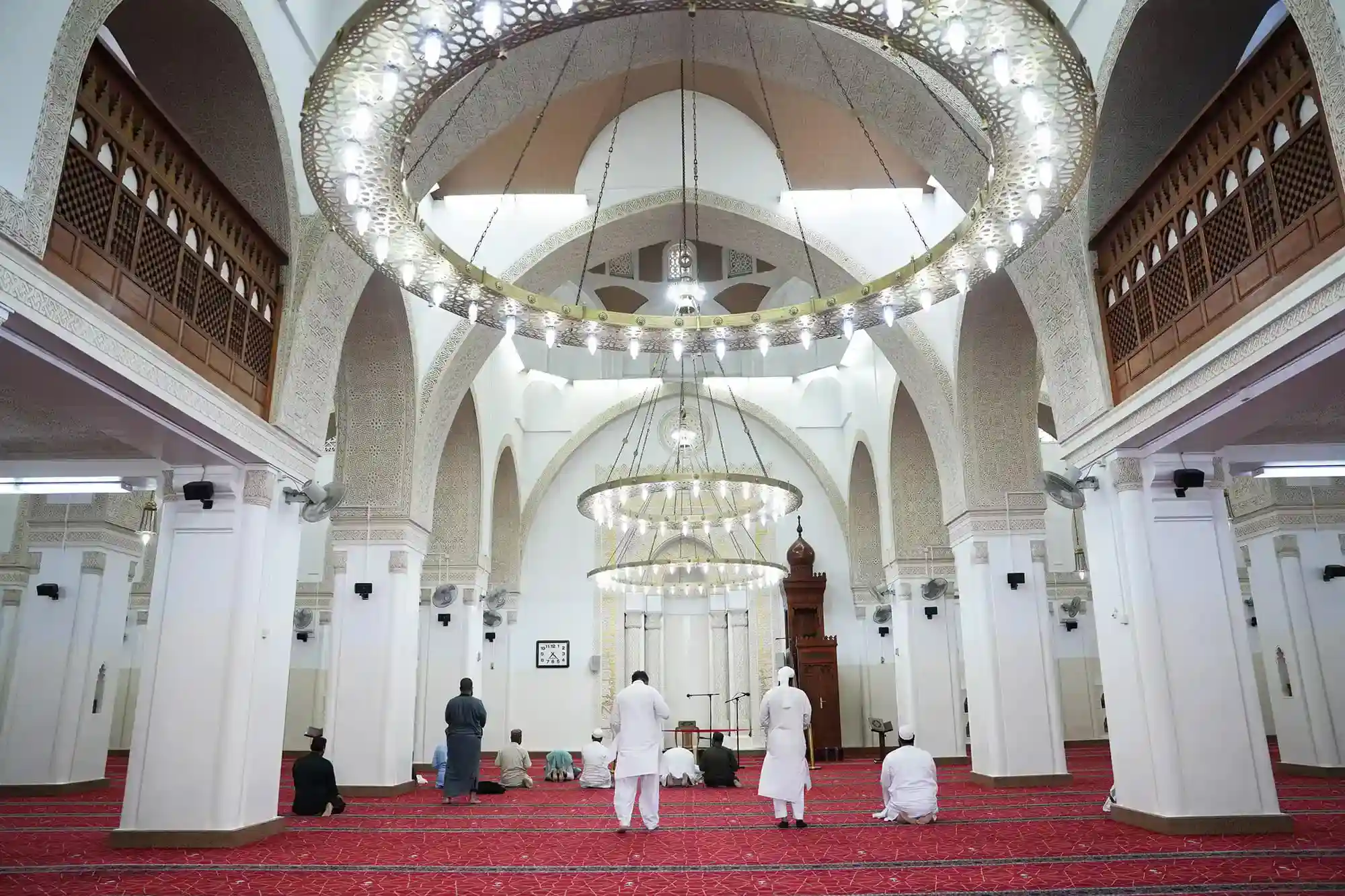It is one of the mosques in the Al-Musalla area. It is so named because, during his caliphate, Abu Bakr As-Siddiq (may Allah be pleased with him) performed Eid prayer in the area where the Mosque now stands, following the Prophet, PBUH, tradition. The Mosque was likely built for the first time during the Umayyad era when Omar bin Abdulaziz ruled Madinah (87-93 AH). The mosque's current structure dates back to the 13th century AH. The historical architectural style of the Mosque was preserved during the Saudi era. The Mosque was regularly maintained and restored. It was also repaired during the reigns of King Fahd bin Abdulaziz in 1411 AH and King Abdullah bin Abdulaziz in 1434 AH. During the reign of King Salman bin Abdulaziz, the mosque was also maintained as part of Madinah's mosques and historic sites care project.
A Place Where the Prophet and his Successor Prayed:
It was one of the prayer grounds where the Prophet used to offer Eid prayer. After expansion works, a distance of only 145 meters separatesit from the Prophet’s Mosque courtyard. It is about 455 meters away from the Prophet’s Mosque. It is only 50 meters away from Al-Ghamamah Mosque. The area of the mosqueis 78 square meters.
The name of the Mosque derives from the fact that Abu Bakr As-Siddiq, may Allah be pleased with him, used to perform Eid prayer there during his caliphate.
Origin of the Name:
It is established that the Prophet (ﷺ) used Al-Manakhah area as a place to offer Eid and rain-invoking prayers. He prayed in different parts of this place. When Abu Bakr Al-Siddiq, may Allah be pleased with him, became caliph, he offered Eid prayer in one of the places where the Prophet had prayed. That part of Al-Manakhah was named after Abu Bakr. Later, the mosque was built.
History:
This mosque received great attention from caliphs and governors, and underwent many repairs and restorations, the last of which was in 1254AH. During the Saudi era, it was restored more than once, while maintaining the unique architectural style. During the reign of King Salman ibn Abdulaziz, it received more attention; it was listed in the Islamic Sites Development and Rehabilitation Project.
Architectural Style:
The mosque has a large dome. The eastern wall is built with black stones. The contrast of black and white colors in the exterior coating of the mosque endows it with a symmetrical and aesthetic look, which is similar to that of Al-Ghamamah Mosque. The symmetrical look of the two close mosques creates a beautiful panoramic view of the square.
Visiting the Mosque:
Visitors can view the mosque from the outside.


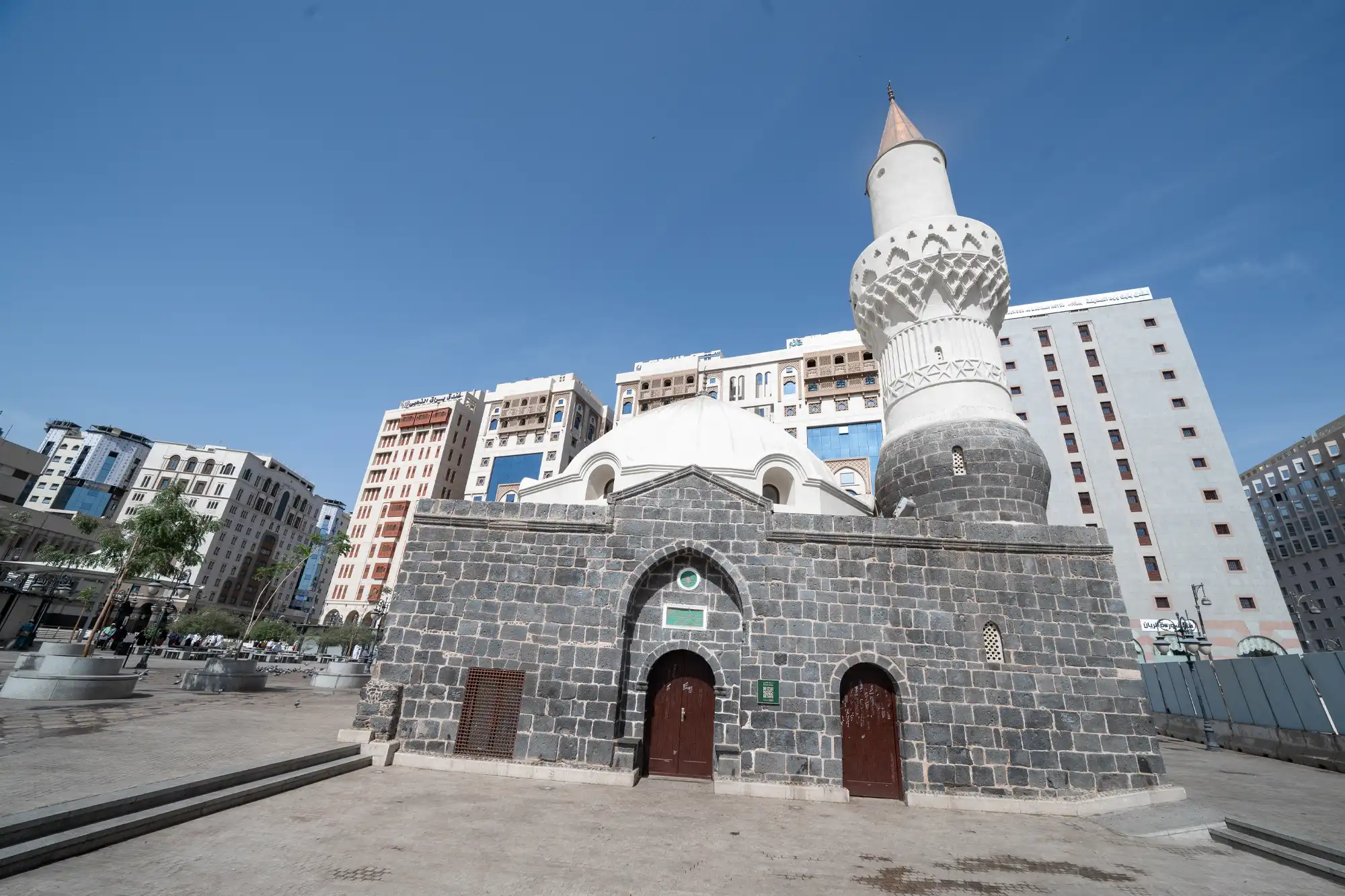
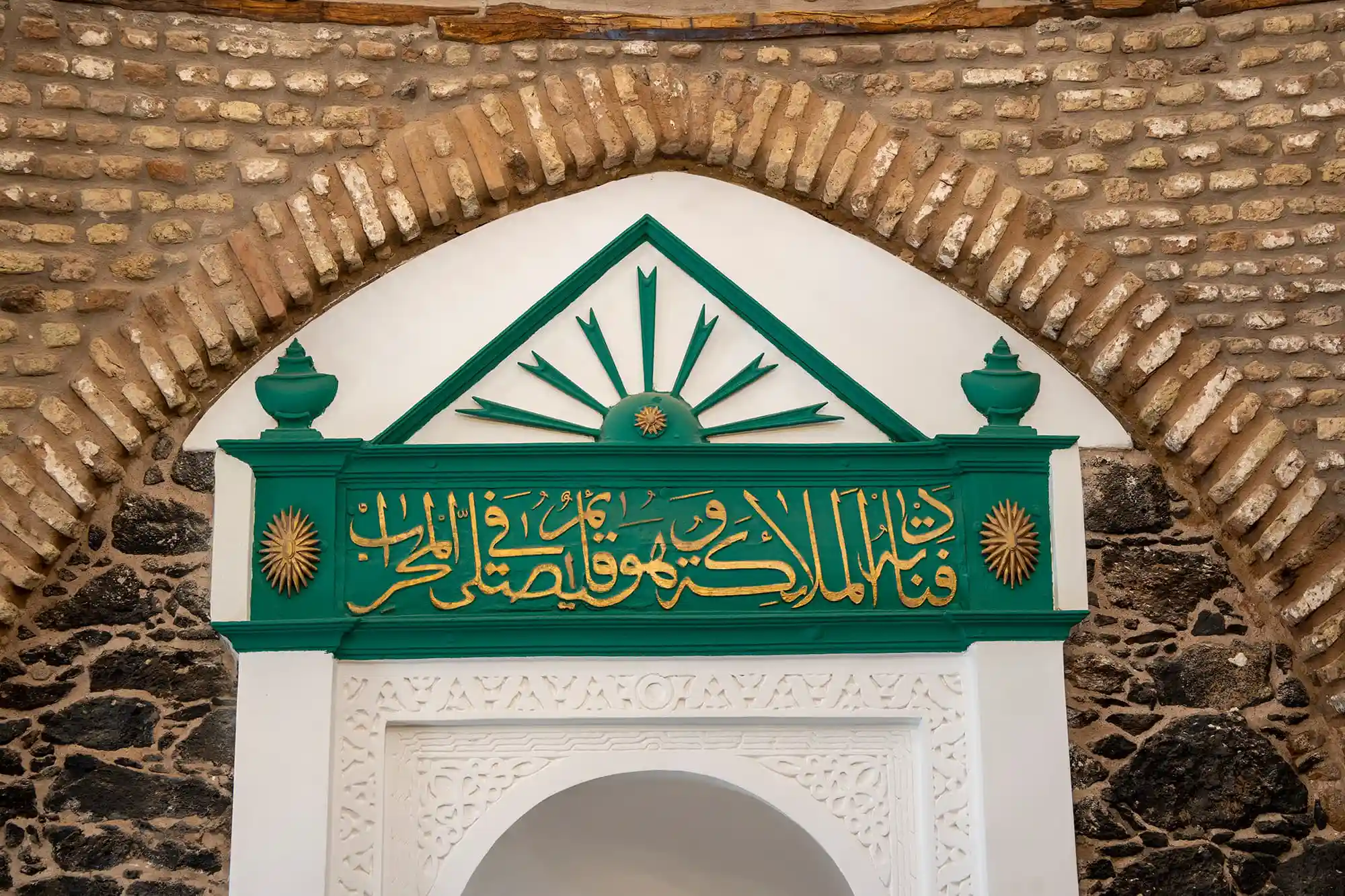
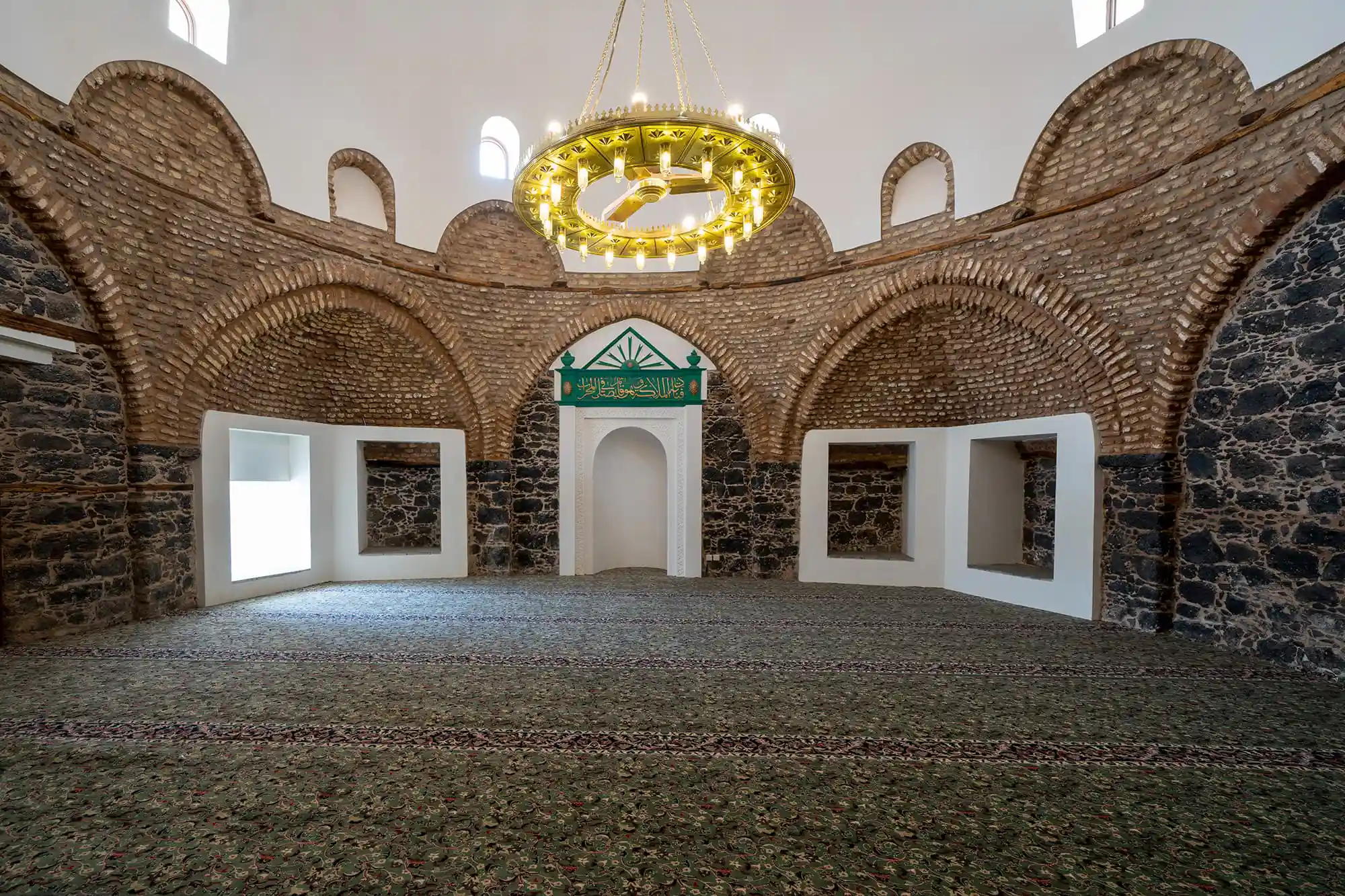
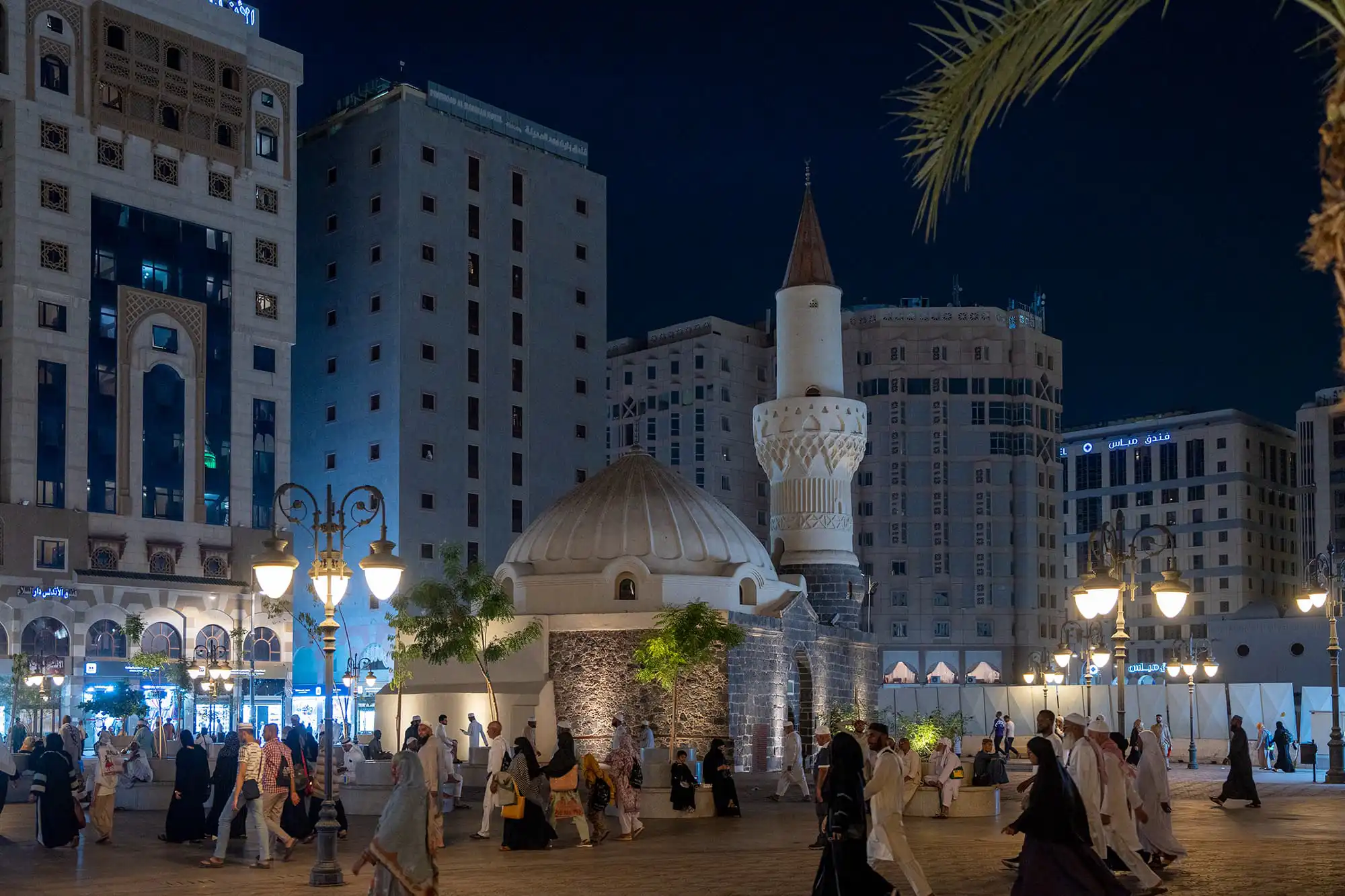
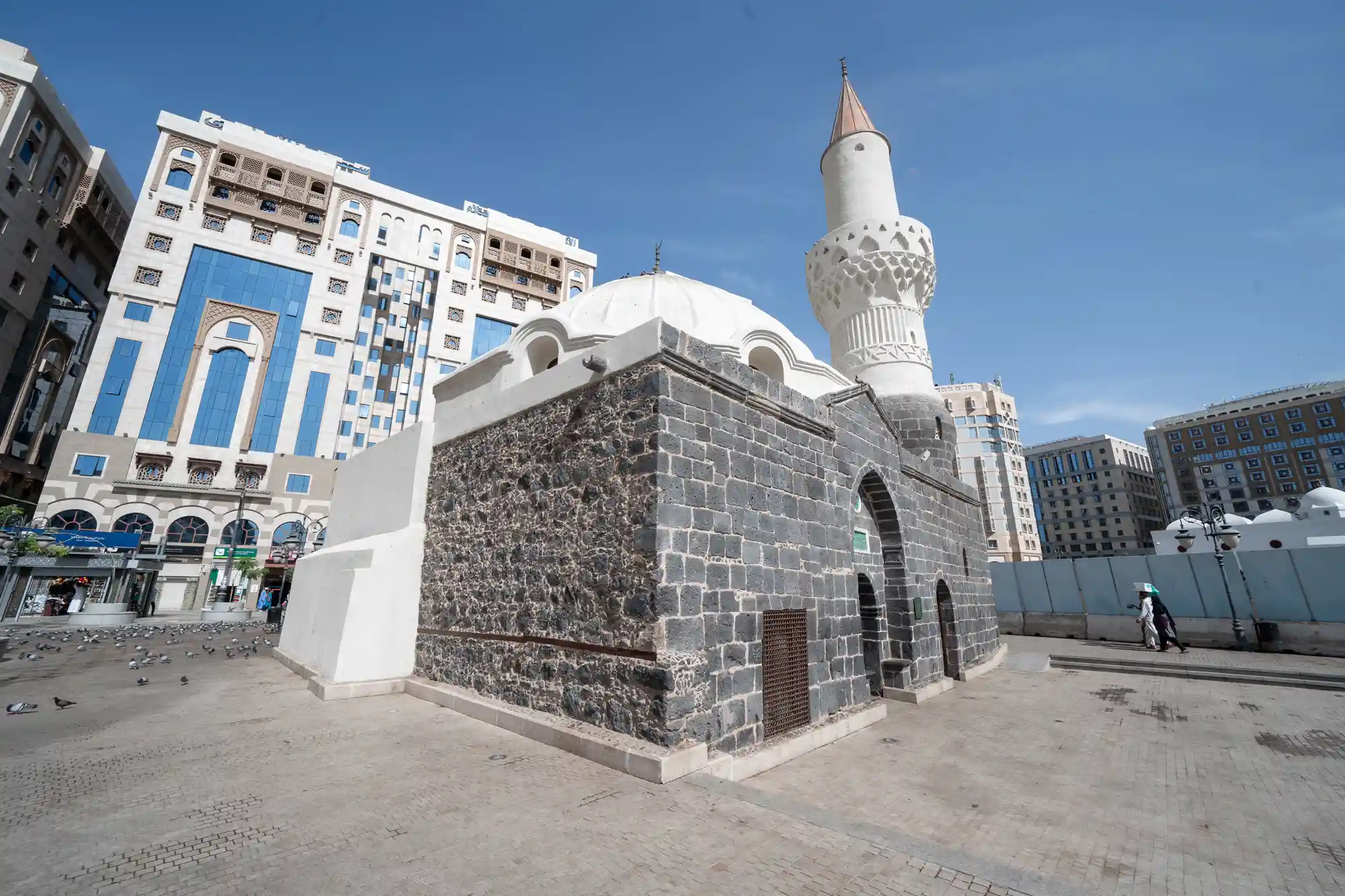
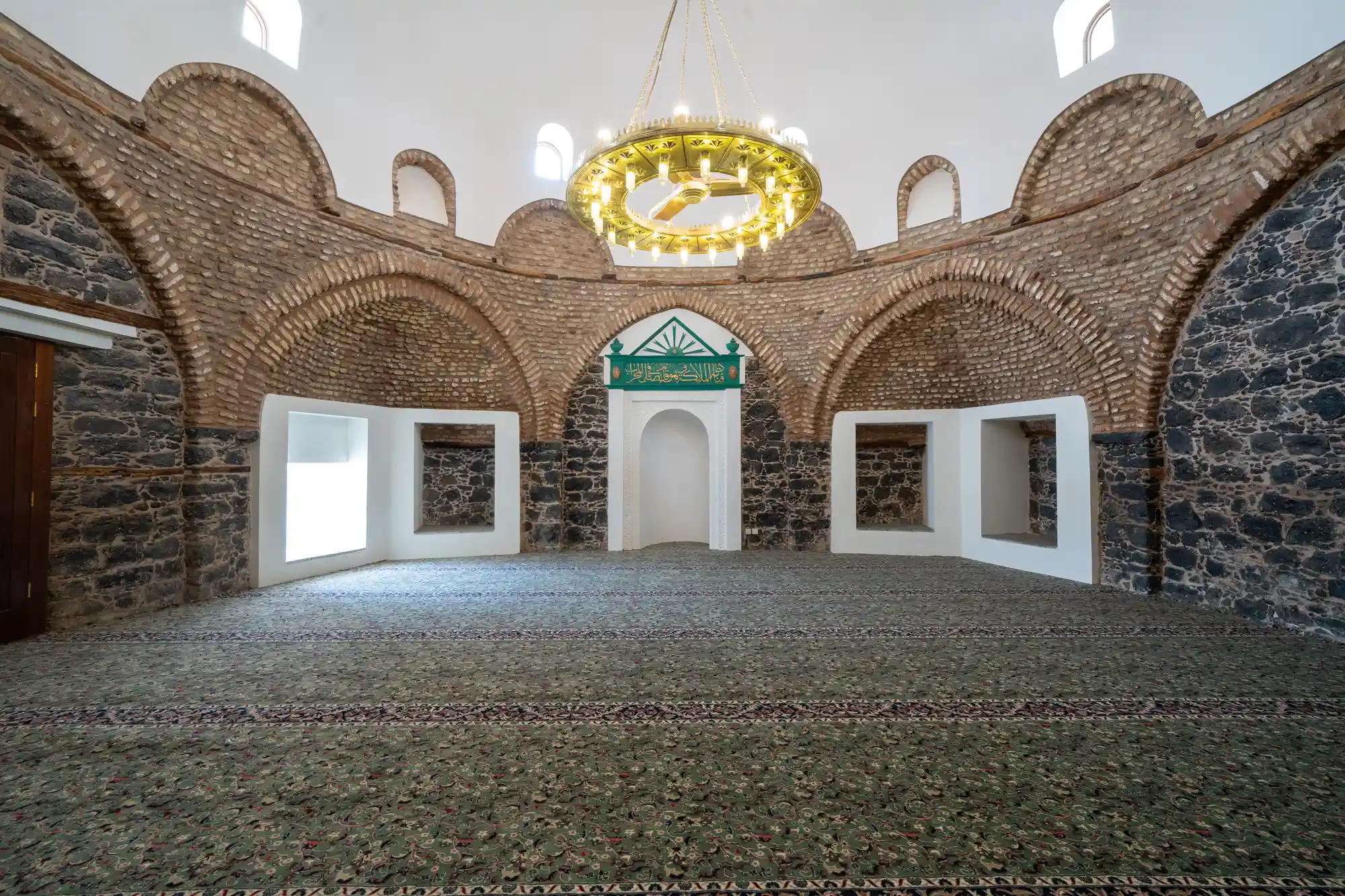
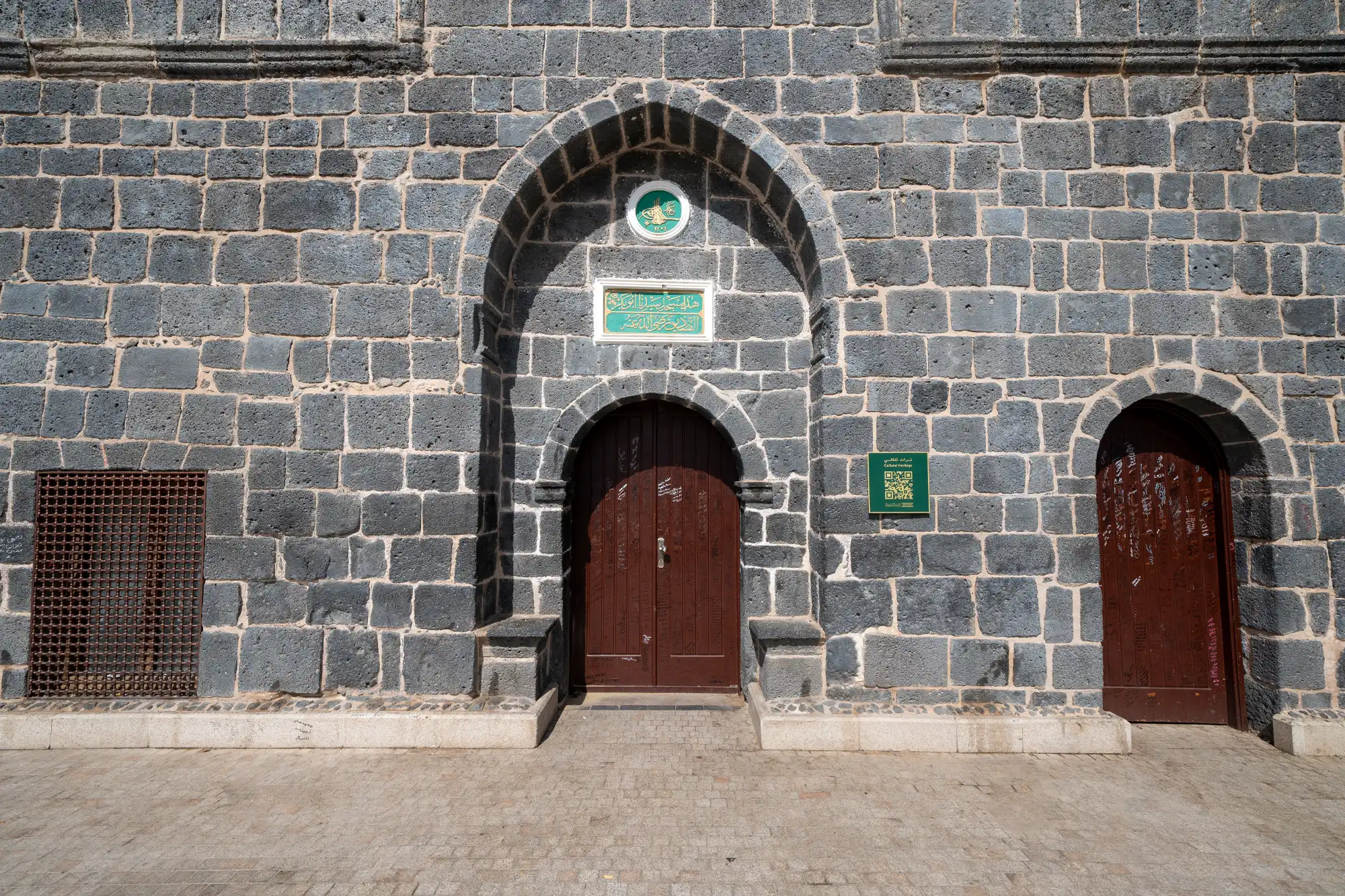
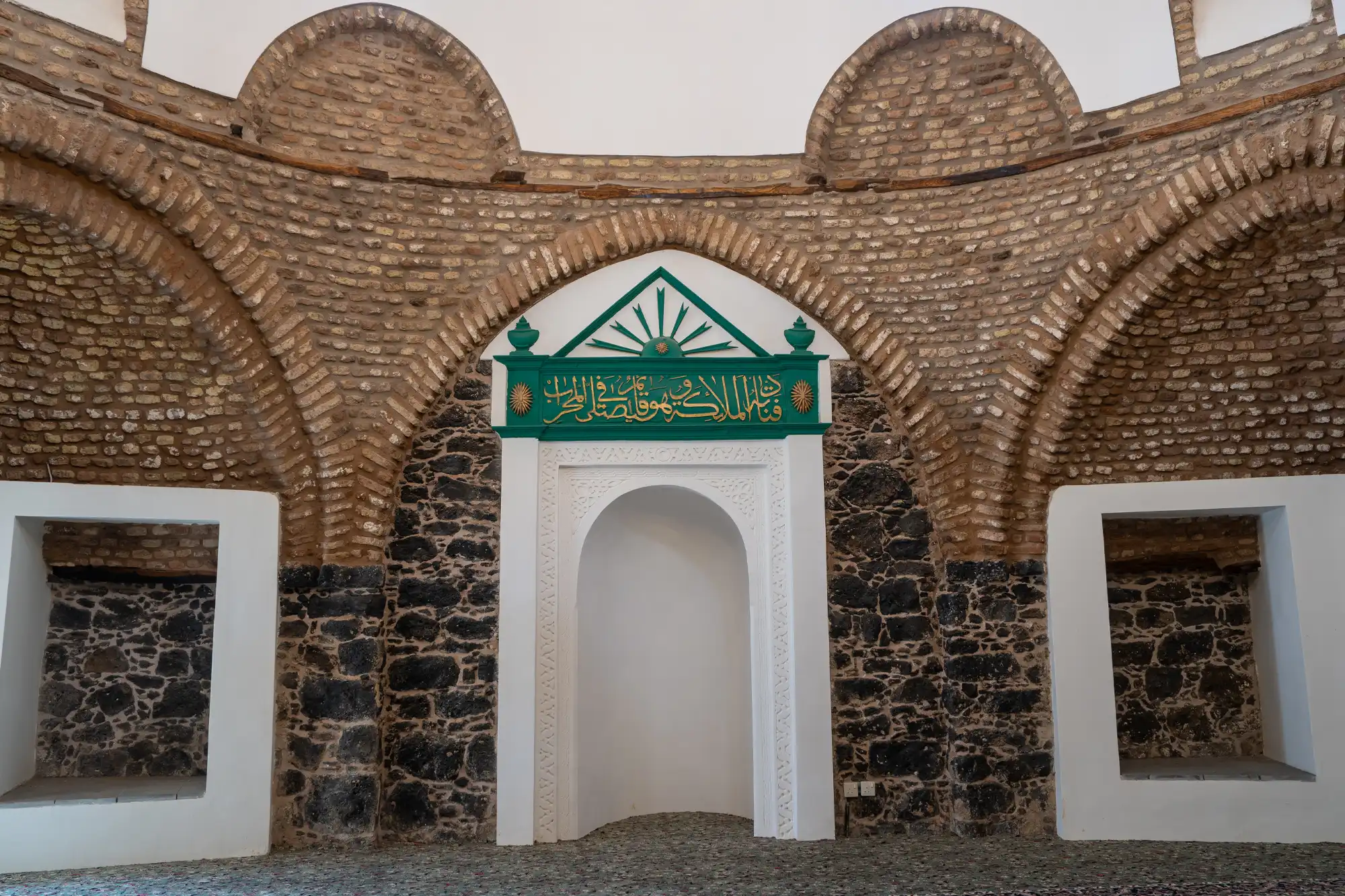


 Available
Available
 Adjacent to the Prophet’s Mosque courtyards
Adjacent to the Prophet’s Mosque courtyards
 External
External
 Closed
Closed

